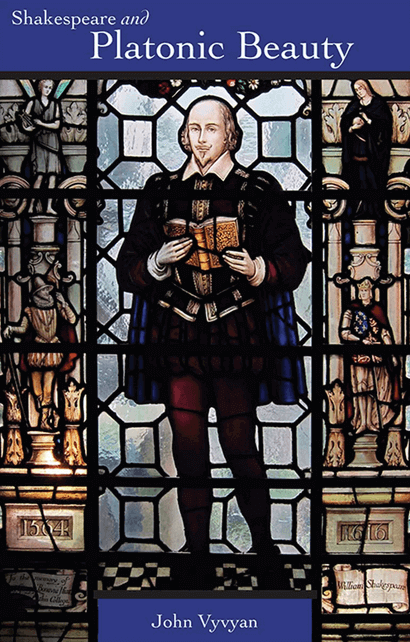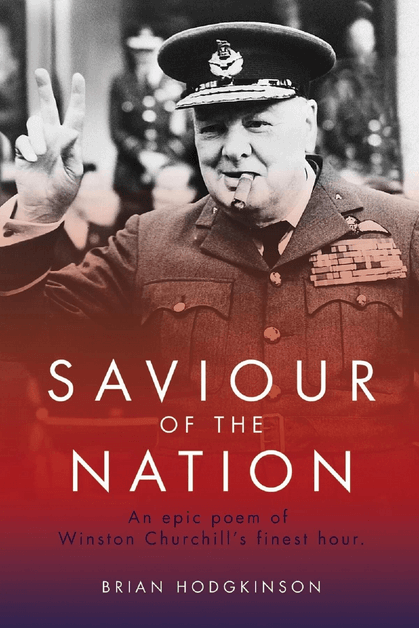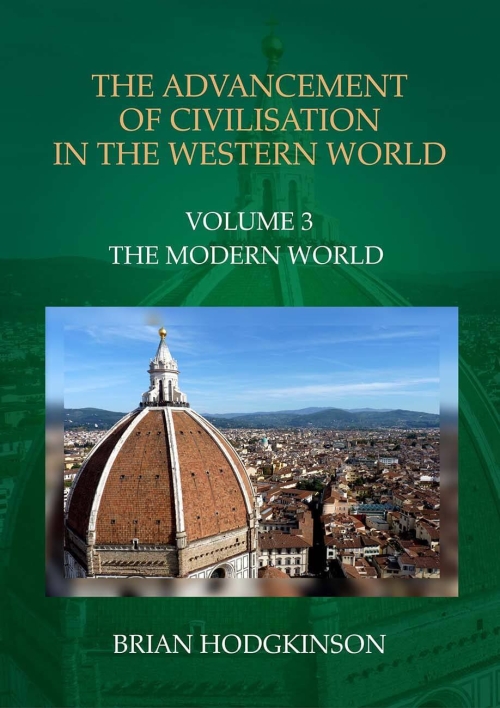Description
Based on the Second World War, this narrative poem, with its evocative drawings, captures the devastation of this global war and the dramatic events that took place. It is the author’s dedication to the courage displayed by men and women of every participating nation, but especially by those who fought for the ideals of freedom and justice against tyranny and humanity.
This narrative poem seeks to give a comprehensive view of the most extensive and devastating war that has ever occurred. It deals with both the West, where fighting was prolonged in Europe, North Africa and on the sea, and also the Far East, where predominantly American forces fought the Japanese. The British role includes accounts of the Dambusters’ raid and General Slim’s campaign in Burma.
The chronological narrative recounts major events, such as the fall of France, the battle of Britain, Hitler’s invasion of Russia, the Japanese attack on Pearl Harbour, the battle of El Alamein, the fall of Italy, the Normandy invasion, far eastern naval battles, the final collapse of Nazi Germany and the dropping of atomic bombs on Japan. Its focus on military strategy, tactics and descriptions of battles is enhanced by details relating to the war conferences between the Allied leaders. Integral features of the war such as the atrocities against the Jews, the efforts of the French resistance and the Stauffenberg plot to kill Hitler are not overlooked.
The inspiration that motivated the writing of the book was not only the courage displayed by men and women fighting for freedom and justice, but also the moral principle that drove the war to its conclusion in the defeat of
the Nazis and the Japanese warlords; namely the belief that civilisation depends upon the defence of the traditional values of respect for law, representative democracy and, ultimately, upon love of one’s neighbour.
______________________________________________
Author
Brian Hodgkinson read Philosophy, Politics and Economics at Balliol College, Oxford. During a long teaching career at Sussex University, Dulwich College and St James Schools in London, he developed a strong and diverse interest in writing, which involved studying Sanskrit, Indian Philosophy and epic literature, as well as the continued pursuit of Economics and History. He has published books in all of these disciplines, including his epic poem, Saviour of the Nation, In Search of Truth, How our Economy really works and A new model of the Economy. He has sought to find the underlying laws that govern the development of both individuals and societies, following Pope’s famous principle, ‘The proper study of mankind is man’.
______________________________________________
Illustrated by
George Murray (Des RCA NDD) studied at RCA under Sir Hugh Casson, Terence Conran and Richmond Hamilton. Here an interest in architecture and environmental design flourished. He received a bursary award from the Royal Society of Arts to travel and sketch around Europe and this paved the way for a full-time demand as an illustrator of architectural, domestic and industrial projects.
He worked as a freelance architectural illustrator and as a part-time teacher at Epsom, Hornsey and Twickenham schools of art. He met Leslie Worth at Epsom and was influenced by his watercolour mastery. He illustrated several books with line drawings for Collins Publishers.
George Murray exhibited at the Royal Academy Summer Exhibition.
His clients included: Arup Associates; Forte Limited; Freeman Fox; Hamilton Associates, Marks & Spencer; Rendel Palmer & Tritton; R.T.K.L.; Sir Robert McAlpine and Taylor Woodrow.






